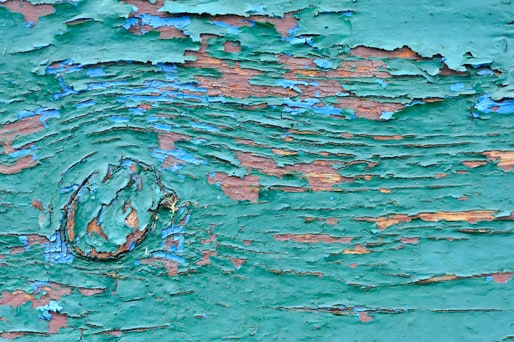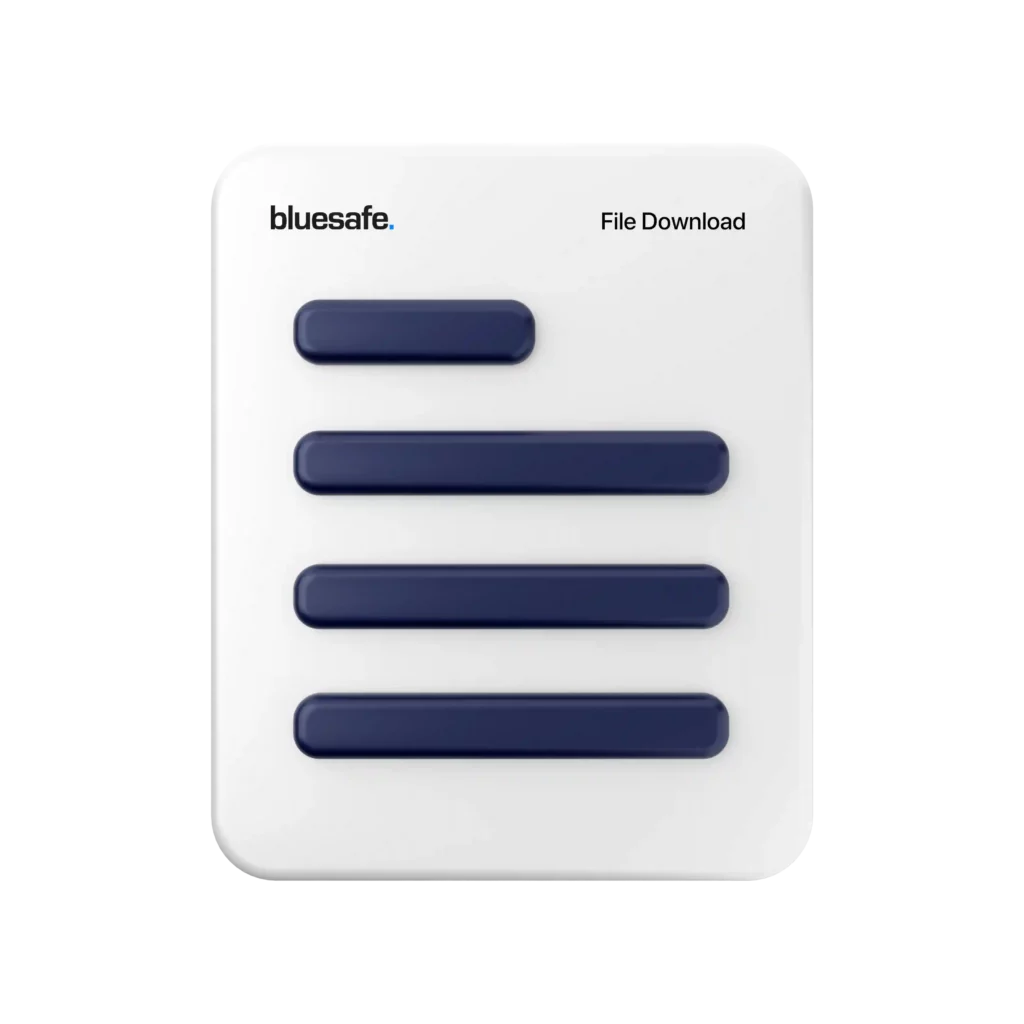Lead-based paint was commonly used before the 1970s and can still be found in many homes today. If your home was built before 1978, there is a chance that it contains lead-based paint. But why is lead-based paint so dangerous? Well, lead is a toxic metal that can cause serious health problems, especially in children and pregnant women.
When lead-based paint deteriorates, it can release lead dust and chips into the air, which can be ingested or inhaled. This can lead to lead poisoning, which can cause developmental delays, learning difficulties, and other serious health problems. So if you are planning on renovating your home or working on a project that involves disturbing paint, it’s important to take precautions to ensure your safety and the safety of those around you.
First and foremost, it’s important to have your home tested for lead-based paint before you start any renovation projects. You can purchase a test kit at your local hardware store or hire a professional to do the testing for you. If your home does contain lead-based paint, it’s important to hire a professional to remove it safely. Lead-based paint removal can be a dangerous process, and it’s not something that should be attempted by DIYers.
If you do decide to work with lead-based paint yourself, there are several precautions you can take to minimise your risk of exposure. First, make sure you wear the proper protective gear, including a respirator, gloves, and protective clothing. This will help prevent you from inhaling or ingesting lead dust.
Second, it’s important to work in a well-ventilated area. Open windows and use fans to help circulate the air and remove any lead dust that may be present. Avoid working on windy days, as this can cause lead dust to spread even further.
Third, it’s important to keep the work area clean and free of dust. Use plastic sheeting to create a barrier between the work area and the rest of your home, and use a HEPA vacuum to clean up any dust or debris. Avoid using a regular vacuum, as this can spread lead dust even further.
Fourth, it’s important to wash your hands and any exposed skin thoroughly after working with lead-based paint. Use soap and water, and avoid using abrasive cleaners or solvents, as these can increase your risk of exposure.
Finally, it’s important to dispose of any lead-based paint or debris properly. Contact your local waste management facility to find out how to dispose of lead-based paint safely.
In conclusion, working with lead-based paint can be dangerous, but with the proper precautions, you can minimise your risk of exposure. If you suspect that your home contains lead-based paint, have it tested before you start any renovation projects. If you do decide to work with lead-based paint, make sure you wear the proper protective gear, work in a well-ventilated area, keep the work area clean, wash your hands and any exposed skin thoroughly, and dispose of any lead-based paint or debris properly. Stay safe out there, and happy renovating!
Cheers,

![]()






